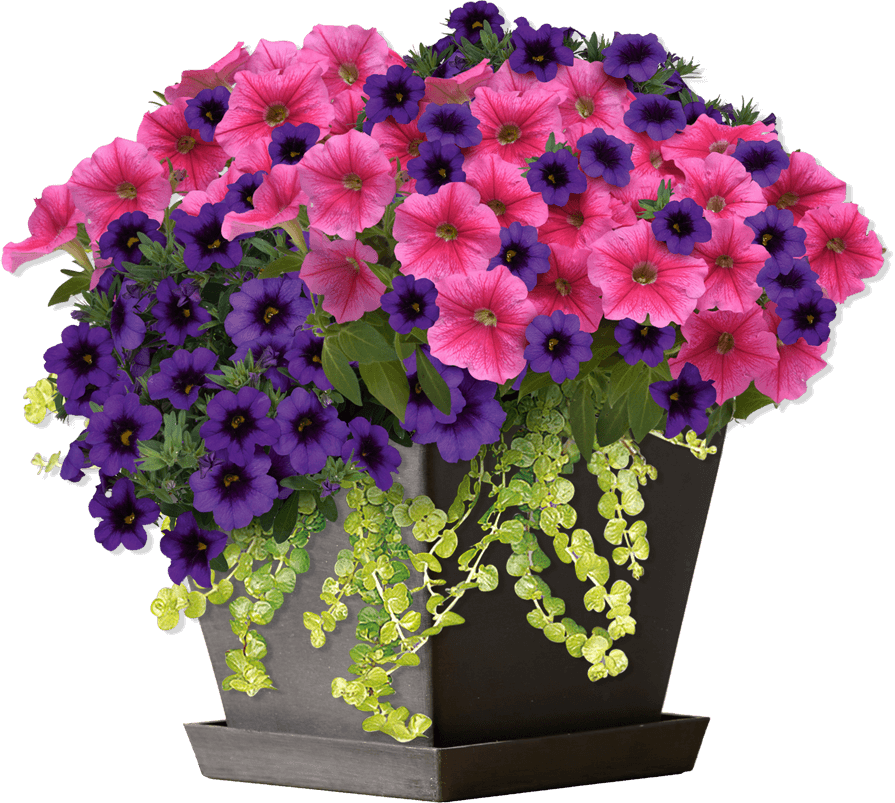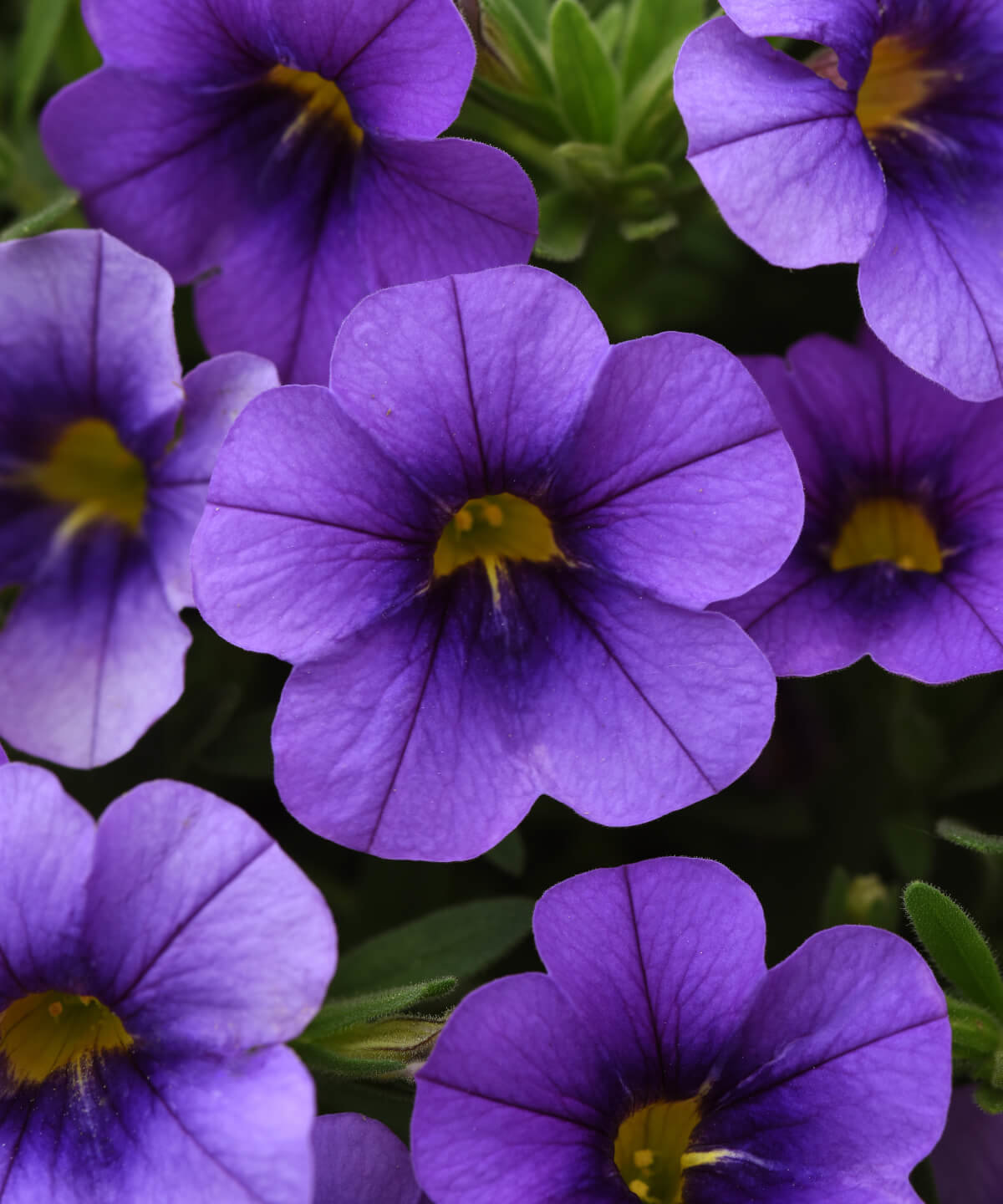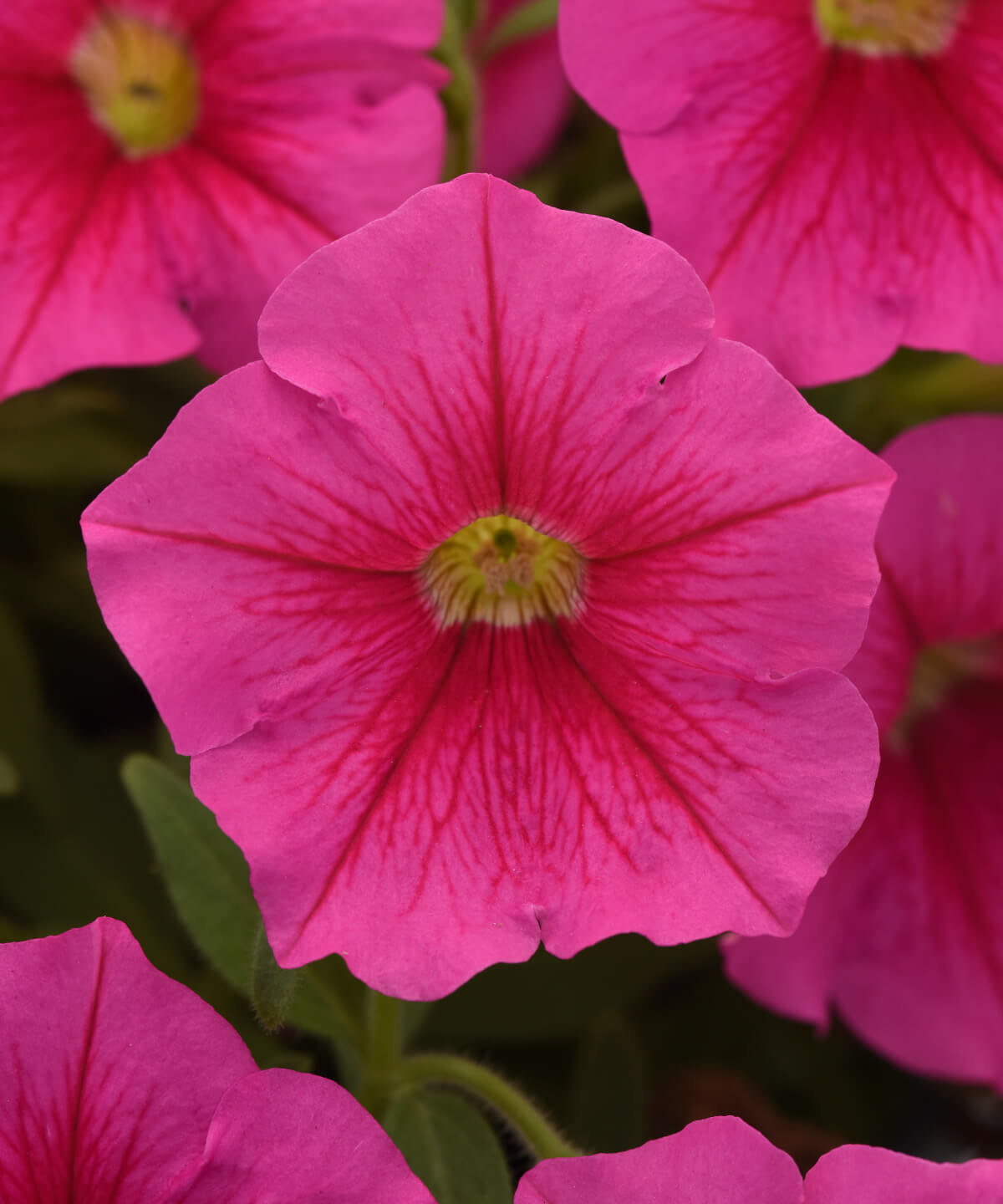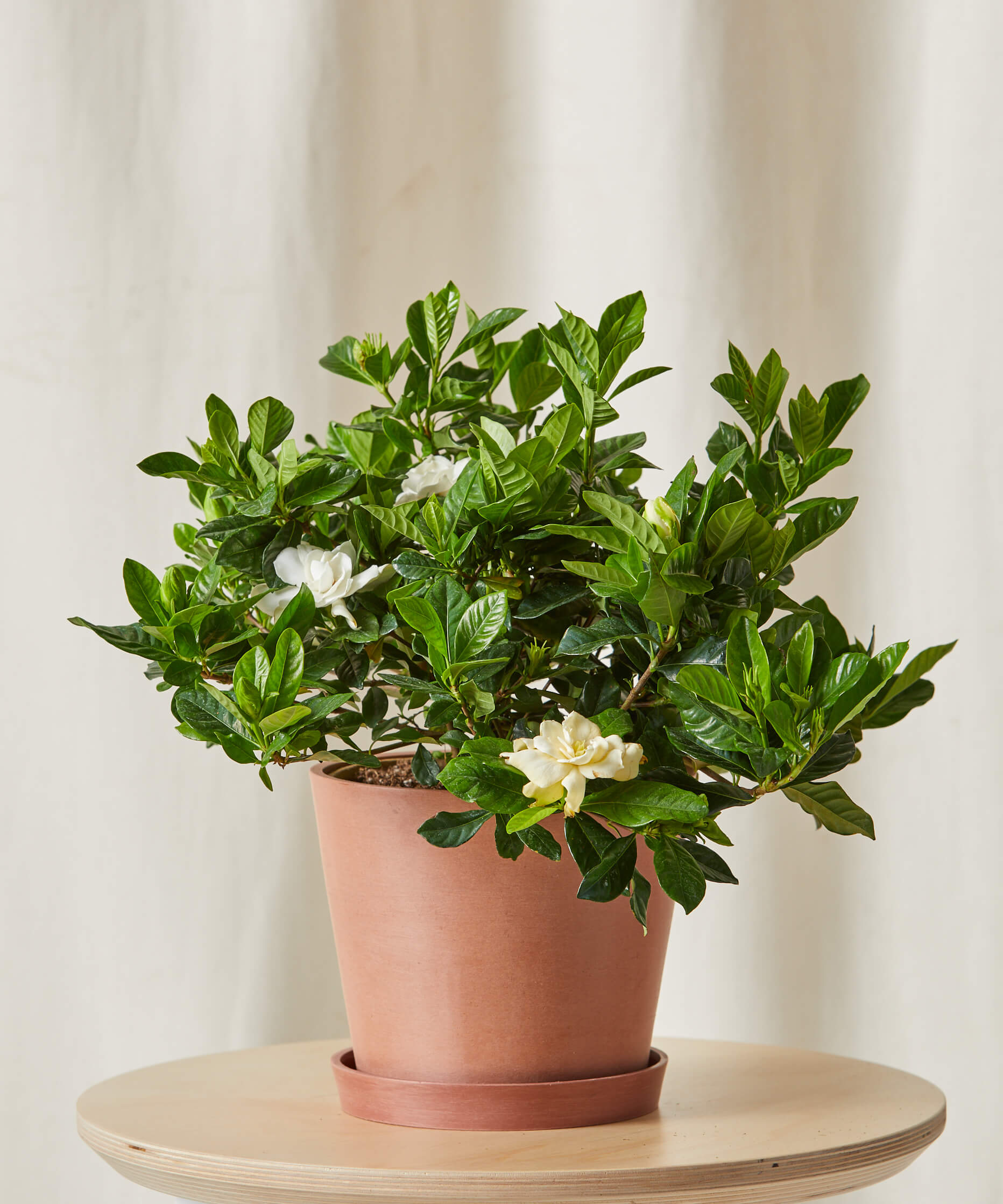How to care for your Outdoor Colorful Collection Care
Use these instructions to care for an Outdoor Colorful Collection Care. This guide will tell you how to water an Outdoor Colorful Collection Care; its light, temperature, humidity preferences and any additional care it might need to help it grow.
Colorful Outdoor Collection
Place your planter outdoors in an area where it will receive 6 or more hours of direct sunlight per day. The plants will tolerate fewer hours of direct sunlight, but flowering will be reduced.
Water when 50% of the soil volume is dry. During periods of high temperatures, check your planter daily for water. During periods of cooler temperatures, your planter will need to be watered less frequently.
Your planter tolerates a wide range of humidity. In areas with low humidity and during windy conditions, your planter will need to be watered more frequently.
Your planter tolerates a wide range of temperatures. It will grow quickly when night temperatures are consistently above 60°F. Prolonged exposure to temperatures below 35°F should be avoided, as this can stunt growth. Freezing temperatures can kill these plants.
To encourage maximum flowering and growth, fertilize your planter once every two weeks with a fertilizer high in phosphorus, like one with an N-P-K ratio of 15-30-15 or similar.
Some plants in this planter are considered toxic to pets and humans if ingested.
PLANTING: If you’ve ordered a biodegradable fiber pot, simply place the pot into your planter and surround it with fresh potting soil. There’s no need to remove the fiber material, which will naturally break down as the roots of the plants grow into the surrounding soil. Discoloration or mold growth on the fiber pot upon delivery is normal and is not harmful to your plants—this indicates the pot is slowly breaking down as designed. // FLOWERING: The flowering plants in this planter will continually rebloom with proper care. Old, declining blooms can be removed and discarded, which will allow the plant to put energy toward producing new blooms. // END OF SEASON: This planter features some plants that have an annual lifecycle, which means they will not survive more than one growing season. We recommend composting the plants after they experience a hard frost in the fall.
















